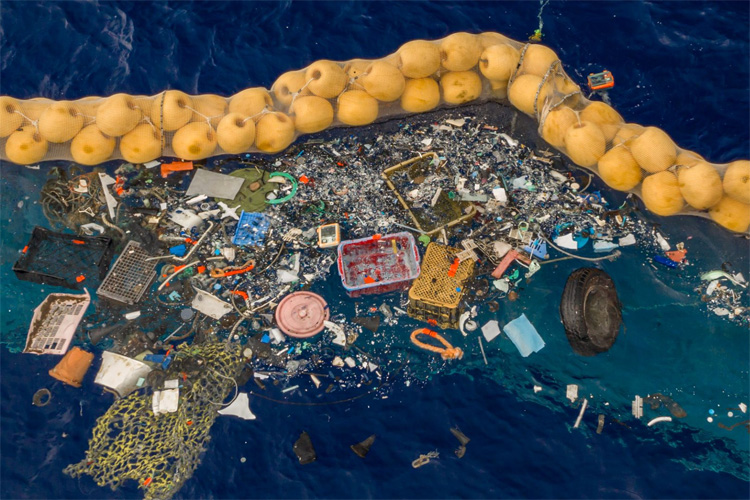Boyan Slat announced that System 001/B is successfully capturing and collecting plastic debris in the Pacific Ocean.
The CEO of Ocean Cleanup confirmed that, after one year of testing, the project has succeeded in developing a self-contained system in the Great Pacific Garbage Patch.
The flexible structure uses the natural forces of the ocean to passively catch and concentrate plastics.
"We're now catching plastic. By upgrading the system with a new, much higher cork line, we've been able to nearly eliminate the overtopping issue," explained Slat.
Therefore, the Ocean Cleanup confirmed the most important principle behind the cleanup concept that was first presented by Boyan Slat at a TEDx conference in October 2012.
Launched from Vancouver in June, System 001/B is Ocean Cleanup's second attempt to prove its concept of collecting garbage from the Great Pacific Garbage Patch, the largest accumulation zone of plastic in the world's oceans.
In addition to collecting plainly visible pieces of plastic debris, as well as much larger ghost nets associated with commercial fishing, System 001/B has also successfully captured microplastics as small as 1mm - a feat Slat was pleasantly surprised to achieve.
Future Challenges
However, Boyan Slat knows that the project is only starting.
"It's not going to be easy. There are still quite a few hurdles ahead of us before we are ready to scale," underlined the entrepreneur.
"The system has not been designed to be there for many years. And then there's retention. We need to hold on plastic for months or even more than a year for the economics to work."
Meanwhile, System 001/B will continue to catch debris of all types and sizes. The first cargo ship with plastic will be brought to shore in December 2019.
"We have very cool ideas about what to do with the plastics. But we will only reveal them later in the year," concluded Slat.
